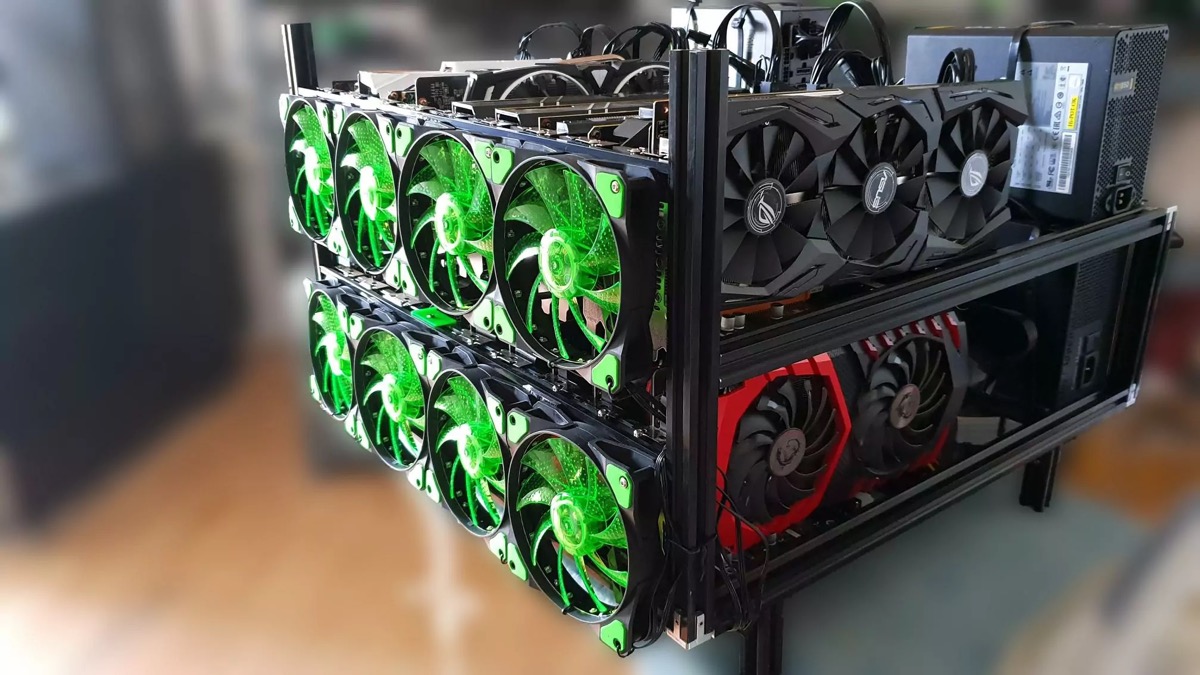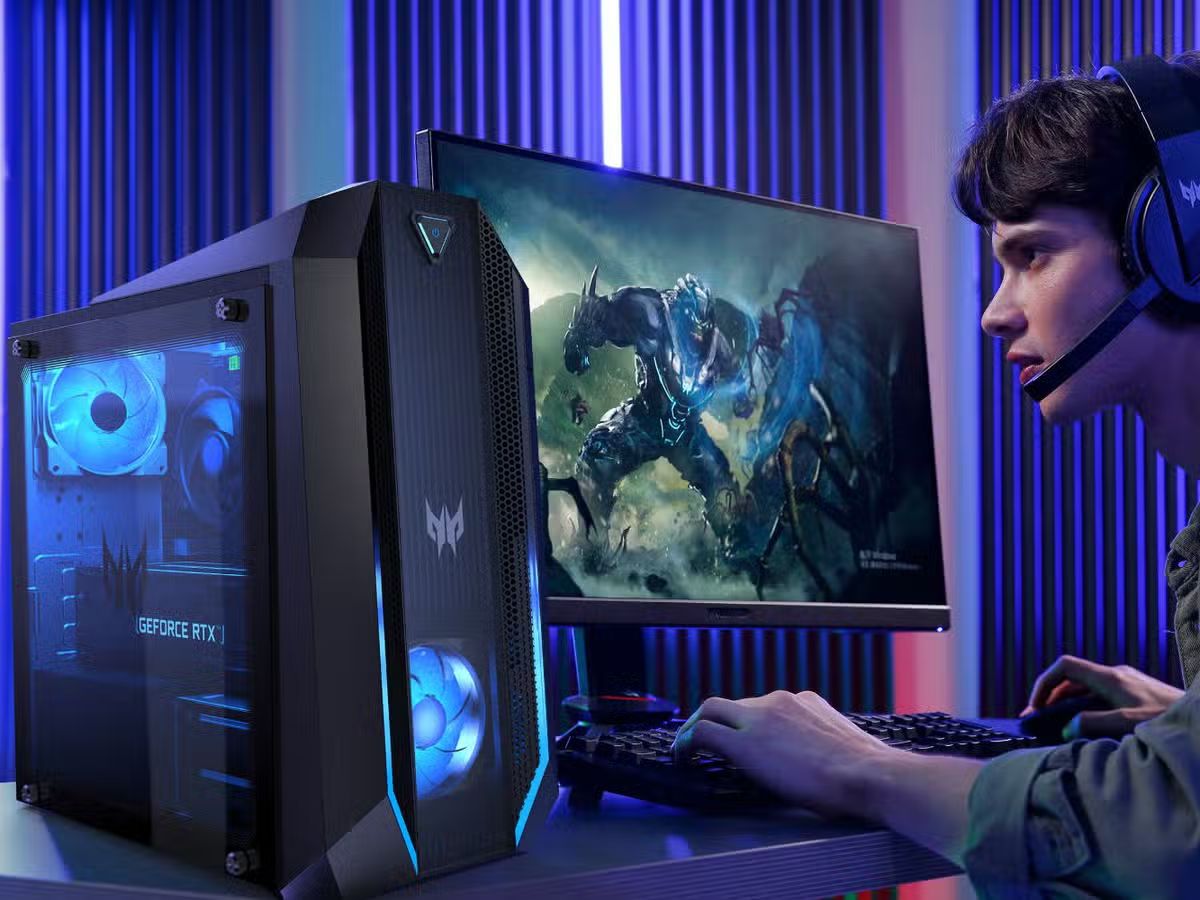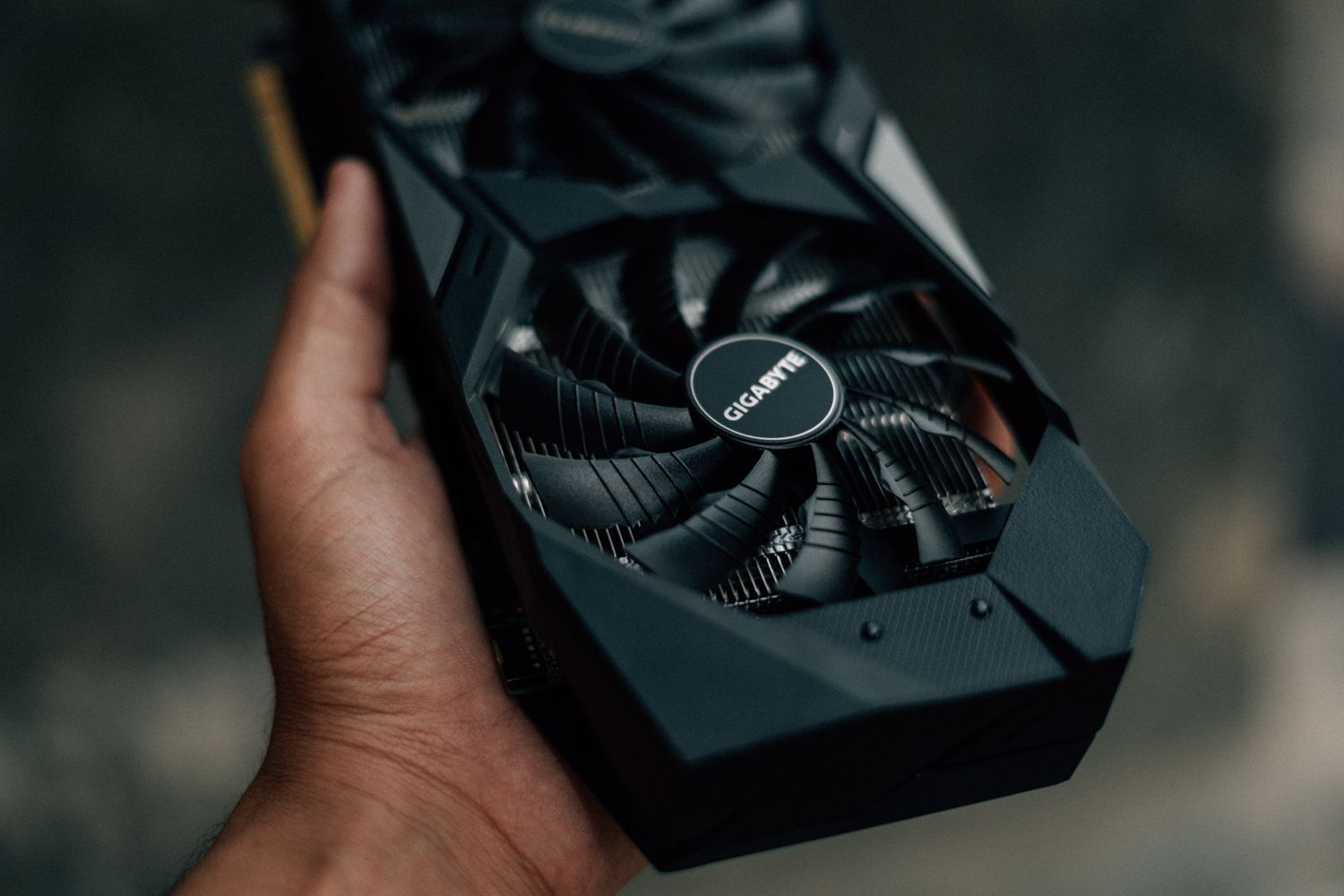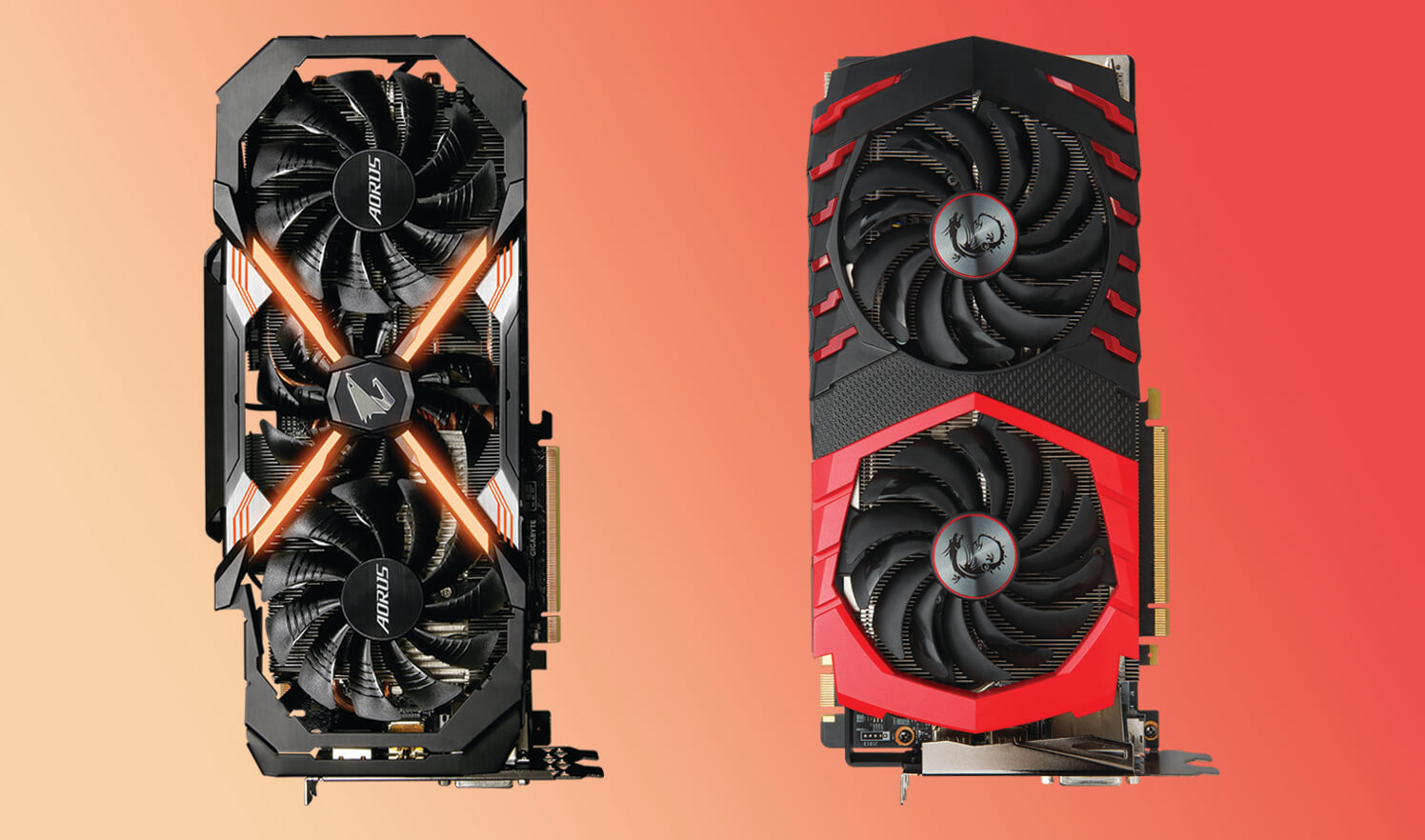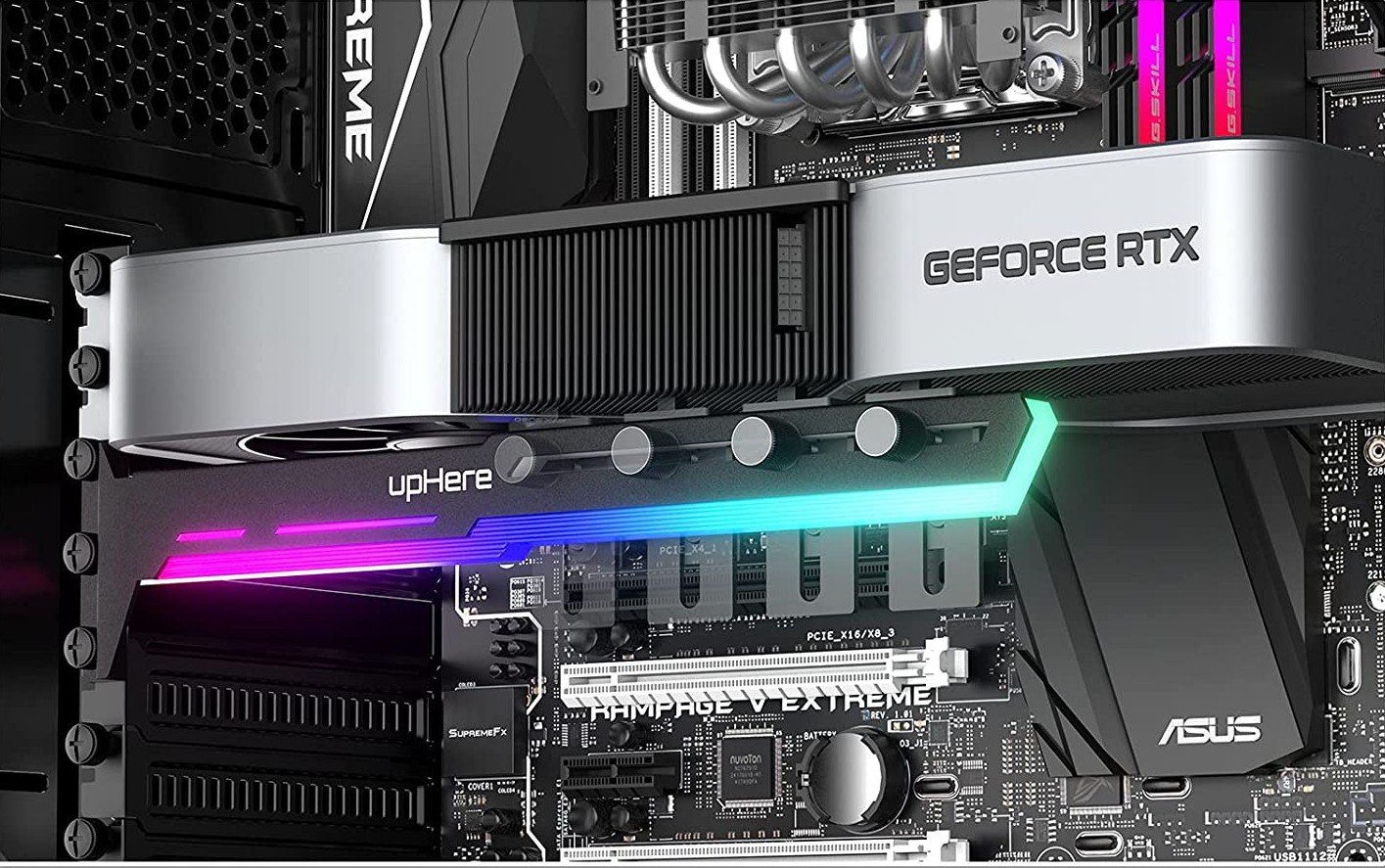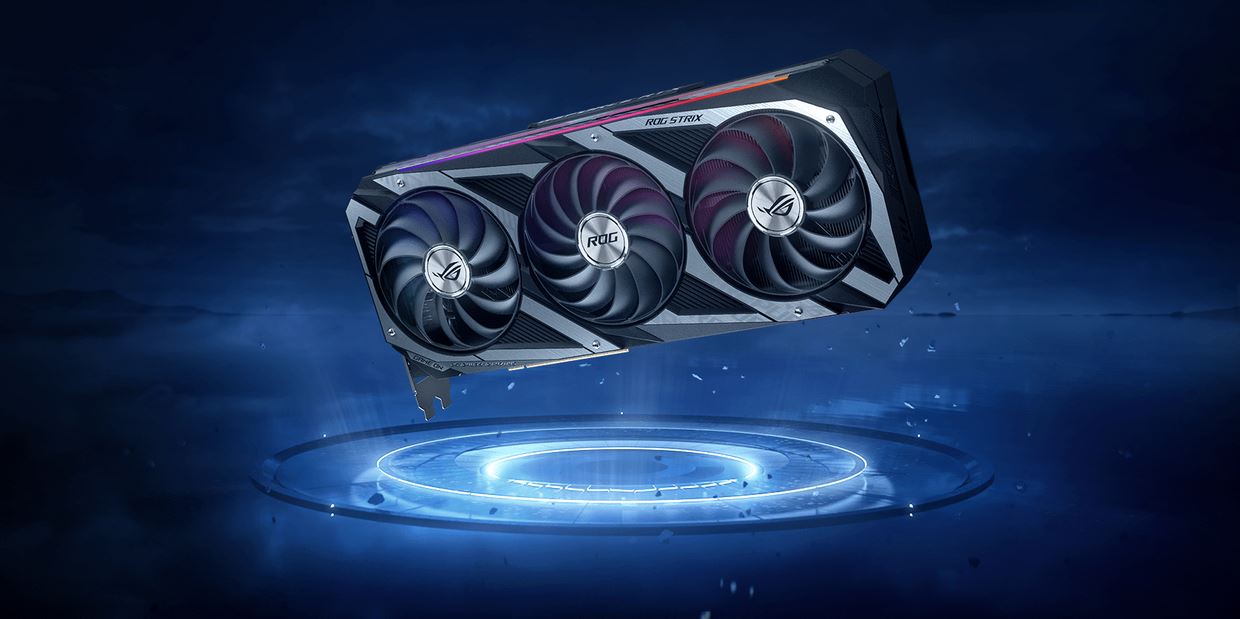Introduction
When it comes to high-performance tasks such as gaming, video rendering, or machine learning, having a powerful graphics processing unit (GPU) is essential. However, it’s not always clear which GPU is being utilized by your system. Whether you want to ensure that you’re maximizing your GPU’s potential or simply curious about which GPU is in use, there are several methods you can employ to check what GPU your system is using.
In this article, we will explore five different methods that will help you easily determine which GPU is being utilized by your system. From using the Task Manager and Device Manager to relying on specialized tools like GPU-Z, we’ll guide you through step-by-step instructions on how to check what GPU is currently being used.
By understanding which GPU is active, you can troubleshoot performance issues, ensure that software is utilizing the correct hardware, and make informed decisions when considering hardware upgrades or optimizations. So, let’s dive into the various methods to check which GPU is being used on your system.
Method 1: Using Task Manager
The Task Manager is a built-in utility in Windows that provides information about running processes, performance, and resource usage. It also allows you to check which GPU is currently being used by your system.
Here’s how you can use Task Manager to determine the active GPU:
- Right-click on the Windows taskbar and select “Task Manager” from the context menu.
- In the Task Manager window, click on the “Performance” tab at the top.
- On the left-hand side, click on “GPU.” This will display information about the GPUs installed on your system.
- Look at the “GPU 0” and “GPU 1” sections (if applicable) under the “Utilization” or “GPU Engine” column. The GPU with higher utilization is the one currently being used by your system.
Additionally, you can monitor the performance of each GPU by looking at the “Memory Usage” and “GPU Utilization” graphs in the Task Manager.
Using Task Manager to check which GPU is being used is a quick and straightforward method that doesn’t require any additional software. However, keep in mind that this method might not provide detailed information about the GPU or its specifications.
Method 2: Using Device Manager
Another way to identify the GPU in use is by using the Device Manager. The Device Manager is a Windows tool that allows you to manage and view information about hardware devices installed on your system, including GPUs.
Follow these steps to check the GPU using Device Manager:
- Open the Start menu and search for “Device Manager.” Click on the “Device Manager” option that appears in the search results.
- In the Device Manager window, locate and expand the “Display adapters” category.
- You will see a list of all the GPUs installed on your system. The active GPU will be indicated by a checkmark or a status indicating that it is “Working properly.”
Note that if you have multiple GPUs installed, it is important to identify the correct one. You can do this by comparing the names of the GPUs with the applications or tasks you are running to determine which GPU is being utilized.
Using Device Manager is a reliable method to check the active GPU on your system. It provides detailed information about the installed GPUs and their status.
Method 3: Using GPU-Z
GPU-Z is a popular third-party tool specifically designed to provide detailed information about graphics cards and GPUs. It can also be used to check which GPU is currently being used by your system.
Follow these steps to check the active GPU using GPU-Z:
- Download and install GPU-Z from the official website (https://www.techpowerup.com/gpuz/).
- Launch GPU-Z after installation.
- In the GPU-Z window, you will find information about the GPU model, memory size, and other specifications.
- Under the “Bus Interface” section, you will see the GPU currently being used by your system.
- You can also monitor the GPU load, temperature, clock speeds, and other real-time information in the various tabs provided by GPU-Z.
GPU-Z provides comprehensive information about your GPU and is particularly useful for enthusiasts, overclockers, and those who want detailed insights into their graphics card’s performance.
While GPU-Z offers more detailed information than other methods, it requires downloading and installing additional software. However, it’s a reliable and commonly used tool for checking the active GPU.
Method 4: Using Command Prompt
The Command Prompt is a powerful tool in Windows that allows you to perform various system-related tasks, including checking the active GPU on your system. By using specific commands, you can retrieve information about your graphics card.
Here’s how you can use Command Prompt to check the active GPU:
- Open the Start menu and search for “Command Prompt.” Right-click on the “Command Prompt” option and select “Run as administrator” to open it with administrative privileges.
- In the Command Prompt window, type the following command and press Enter:
wmic path win32_VideoController get name - Wait for the command to execute. It will display a list of all the video controllers (including GPUs) installed on your system.
- The active GPU will be listed with its name. You can compare it with the installed GPUs on your system to determine the active one.
Using Command Prompt to check the active GPU provides a quick and efficient way to obtain GPU information without the need for additional software. However, the displayed information may not be as detailed as other methods.
Remember to close Command Prompt when you are done to avoid any unintended system changes.
Method 5: Using DirectX Diagnostic Tool
The DirectX Diagnostic Tool is a built-in utility in Windows that provides detailed information about your system’s DirectX components, including the active GPU.
Follow these steps to check the active GPU using the DirectX Diagnostic Tool:
- Open the Start menu and search for “dxdiag.” Click on the “dxdiag” option that appears in the search results.
- In the DirectX Diagnostic Tool window, click on the “Display” tab at the top.
- Under the “Device” section, you will find information about your graphics card, including the active GPU that is currently in use.
Additionally, the DirectX Diagnostic Tool provides other useful information, such as the driver version, display resolution, and DirectX feature levels supported by your GPU.
Using the DirectX Diagnostic Tool provides a comprehensive overview of your GPU and its associated settings. It is particularly helpful if you need detailed information about DirectX components and compatibility.
After reviewing the GPU information, you can close the DirectX Diagnostic Tool.
Conclusion
Checking which GPU is being used by your system is crucial for optimizing performance, troubleshooting issues, and making informed decisions about hardware utilization. Throughout this article, we explored five different methods to determine the active GPU:
- Using Task Manager: A quick and easy method to check GPU utilization but may lack detailed information.
- Using Device Manager: Provides detailed information about installed GPUs and their status.
- Using GPU-Z: A specialized third-party tool that provides comprehensive insights into your graphics card.
- Using Command Prompt: A command-line method to retrieve GPU information without the need for additional software.
- Using the DirectX Diagnostic Tool: Allows you to view detailed information about DirectX components and your active GPU.
Depending on your needs and preferences, you can choose the method that suits you best. These methods can help you ensure that your system is utilizing the correct GPU, optimize performance, and troubleshoot any GPU-related issues.
Remember to cross-reference the information provided by these methods with the tasks or applications you’re using to confirm the GPU in use. Keep in mind that some methods might display multiple GPUs if you have them installed on your system.
By understanding which GPU is actively being used, you can make informed decisions regarding upgrades, compatibility, and software optimization, ultimately enhancing your overall computing experience.
So, whether you’re a gamer, graphic designer, or simply a curious user, use these methods to easily check and identify the active GPU on your system.







